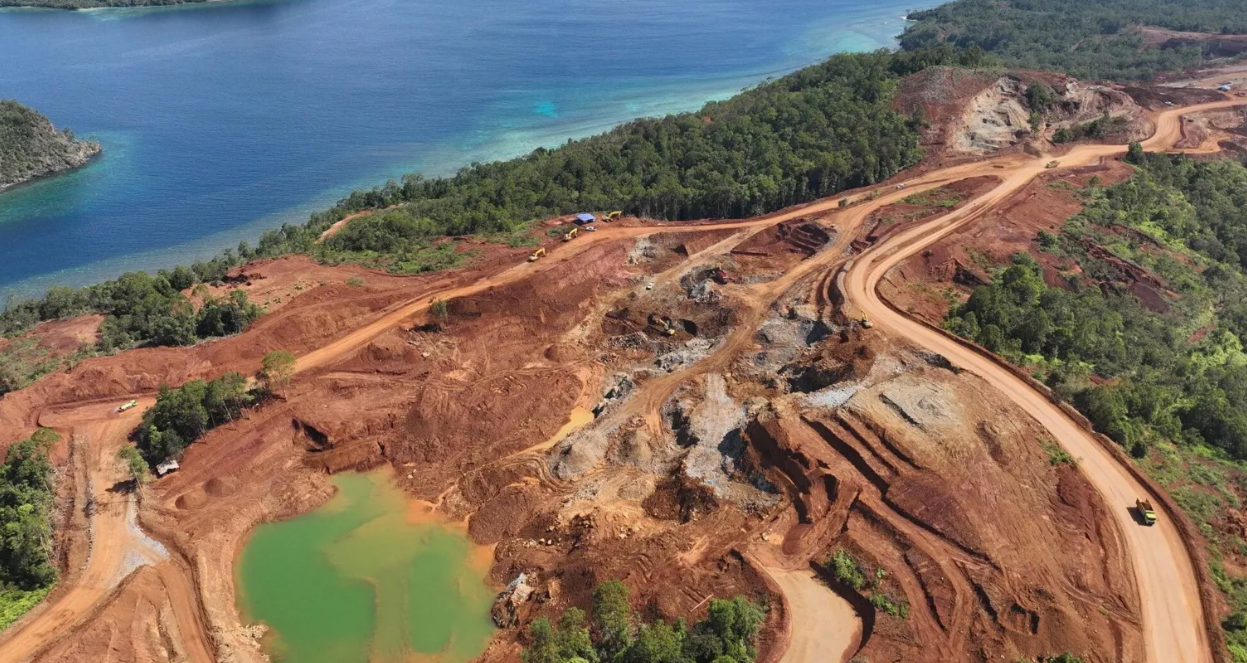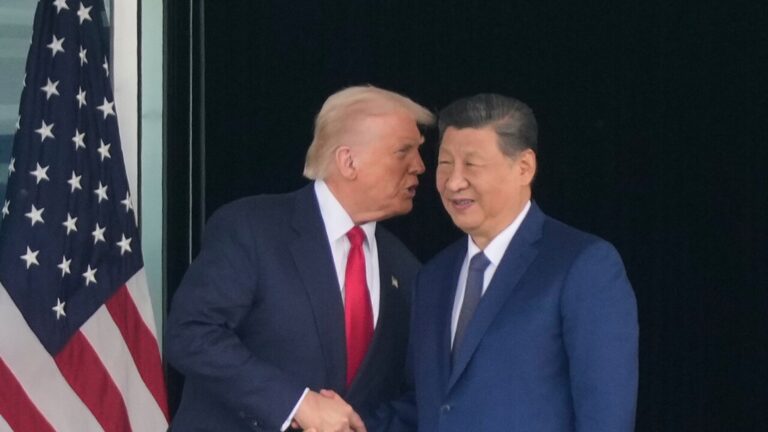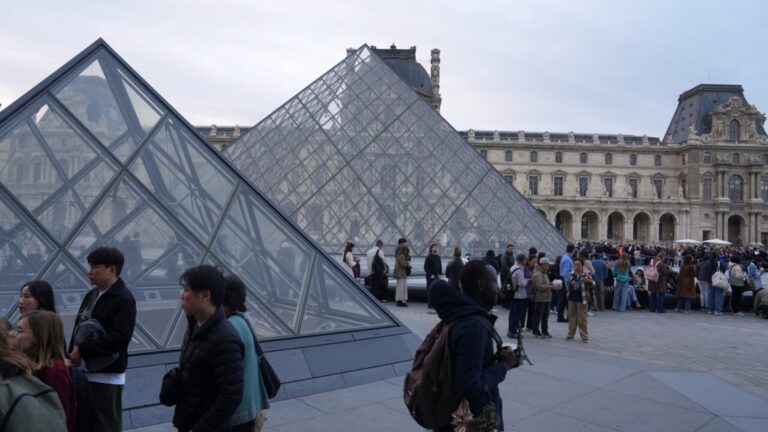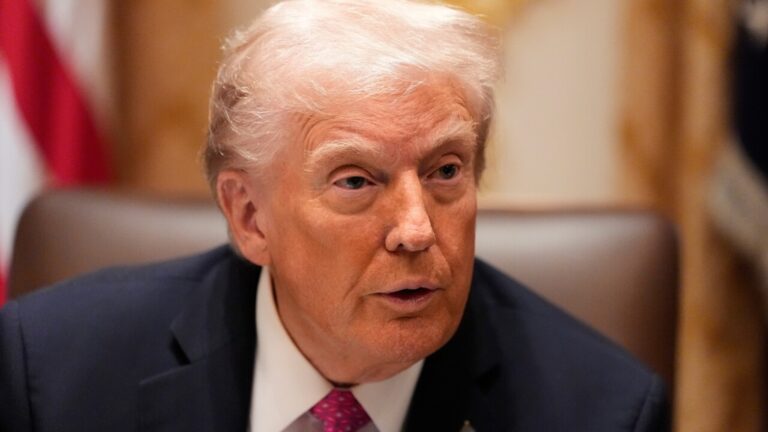Beneath the turquoise waters and emerald islets of Indonesia’s Raja Ampat archipelago lies a global paradox: the race for green energy is threatening one of the most biologically rich marine habitats on the planet.
Raja Ampat—often dubbed the “Amazon of the Seas”—has become a hotspot not just for divers and conservationists, but for miners seeking nickel, a critical mineral used in electric vehicle (EV) batteries and stainless steel. As the world accelerates toward decarbonization, the pressure to extract so-called “clean energy metals” is leaving ecological scars in regions ill-equipped to manage the consequences.
Paradise Under Threat
Drone footage and satellite imagery obtained by environmental group Global Witness reveal troubling scenes: stripped forests, exposed brown soil, and sediment clouds bleeding into once-pristine coastal waters. These images, captured on Kawei Island, expose the impact of mining that has expanded across at least 500 hectares of land—an area equivalent to 700 football fields—since 2020.
The damage is particularly jarring in Raja Ampat, a marine sanctuary teeming with vibrant coral reefs and over 1,500 species of fish. Conservationists say sediment runoff from mining is threatening this underwater paradise, suffocating corals and disrupting fragile marine ecosystems.
A Win—and a Warning
In a rare win for environmental advocates, Indonesia’s Ministry for the Environment recently revoked the permits of four out of five mining companies operating in Raja Ampat. The government acknowledged the region’s global ecological significance, calling it a “world heritage that must be protected.”
But concerns remain. One company operating on Gag Island—home to especially rich nickel deposits—has been allowed to continue operations. Activists worry that corporate legal action could reverse the government’s decision, and that efforts to restore the damaged environment may prove inadequate.
A Nickel Dilemma
Dr. Mark Erdmann, a marine ecologist and longtime conservationist in the region, celebrated the revocation decision but acknowledged the tension: “This is the global epicenter of marine biodiversity… but Indonesia also has a lot of nickel. Some of it is going to come out of the ground.”
Indonesia now produces over half of the world’s nickel supply, making it a major player in the global EV supply chain. Yet the promise of economic growth comes at a cost—one increasingly borne by local communities and ecosystems. A recent study found that while mining in nearby Sulawesi has slightly reduced poverty, it has significantly worsened local air and water quality.
Environmental campaigners argue the tradeoff is unjust. “They say nickel is a solution to the climate crisis,” says Imam Shofwan of JATAM, a Jakarta-based environmental group. “But it’s causing deforestation and destroying farmland.”
At What Cost Progress?
This unfolding story is emblematic of a broader dilemma: the rush to electrify the world’s vehicles may be fueling environmental degradation in areas least able to absorb the damage. Low-lying coastal regions like Raja Ampat, already vulnerable to rising sea levels, are now grappling with industrial pollution and displacement.
There is no easy resolution. As Dr. Erdmann put it: “Mining is always going to be environmentally impactful. But what is the acceptable damage that we’re willing to see?”
If electrification is the future, ensuring that it doesn’t come at the cost of irreplaceable ecosystems must be part of the conversation.
This article was inspired by and draws on reporting by the BBC, originally published here.













